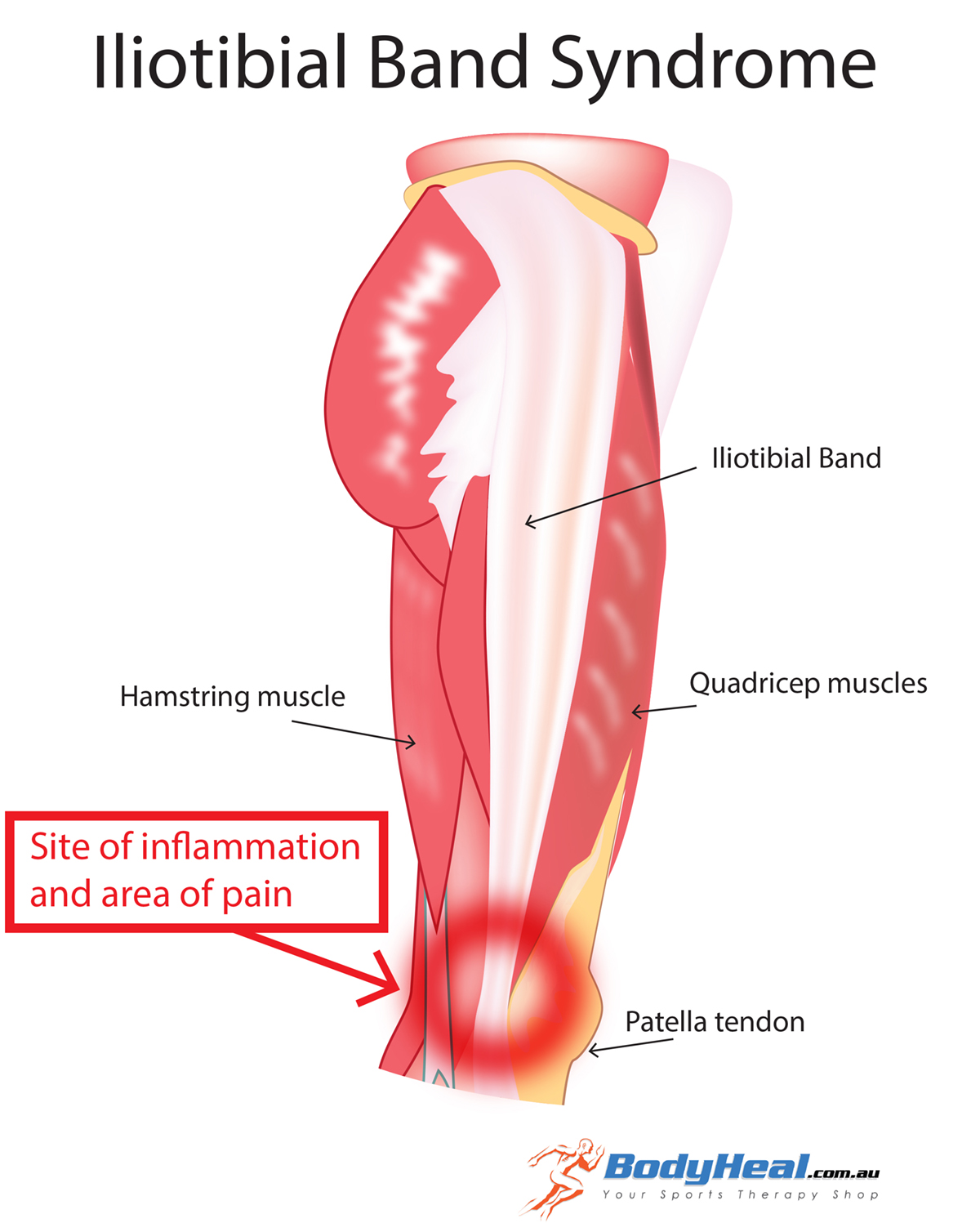
Iliotibial band syndrome, also known as iliotibial band friction syndrome, is a common injury to the thigh characterized by the excessive friction between iliotibial band and knee or hip bone. This injury is often distinguished by a sharp pain at either the side of knee or side of the hip. The injury is usually caused by running, cycling, hiking or weight-lifting. Sometimes, it may occur during the pregnancy. During the pregnancy, tendons loosen and weight distribution shifts, causing the iliotibial band syndrome. Most commonly the syndrome affects both knees but it may also appear in the hip joint.
Causes of iliotibial band syndrome
Iliotibial band syndrome most commonly results because of the leg length differences or particular foot structure. Muscle imbalances, especially quads in opposition to hamstrings, are making a person more prone to this kind of injury. Running on a slope for a long time may also cause injury to the thigh. Other bad training habits include: running up and down stairs, hiking long distances, rowing, having the feet “toed in” to an excessive angle while cycling, or an inadequate warm-um or cool-down. Training intensity mistakes such as increasing the mileage or intensity too fast, are also some of the possible causes of iliotibial band syndrome. Other factors such as excessive shoe breakdown, especially in the outside of the heel, can also cause iliotibial band syndrome.
Symptoms of iliotibial band syndrome
Function of iliotibial band is to provide stability to the knee and assist in flexion of the knee joint. When the band is irritated any kind of movement becomes extremely painful. The pain normally worsens during the training or continuous movement, while it somewhat resolves with rest.People diagnosed with iliotibial band syndrome should avoid certain sports while they are symptomatic: running, martial arts, bowling, skating, cycling, dancing, parkour, rowing, softball, gymnastics, and climbing.
Treatment for iliotibial band syndrome
Treatment of iliotibial band syndrome is focused on reducing the pain and inflammation. First step to recovery is limiting excessive training and taking a proper rest. Putting the ice on the injury is simple self-help method to relieve the pain. Low impact cross training activities may also help in recovery, together with wearing proper footwear. Physical therapist will recommend appropriate stretching exercises and general medical practitioner may prescribe anti-inflammatory drugs to decrease the irritation. In some cases, doctors will use cortisone injections into the painful area. However, this method is used quite rarely, and it is considered second line treatment, if everything else fails. In very rare circumstances, doctors will insist on surgery.






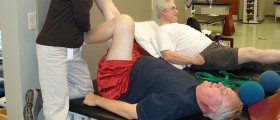
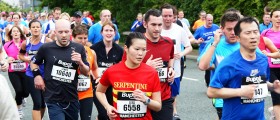
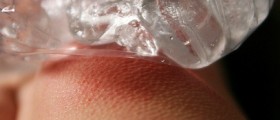
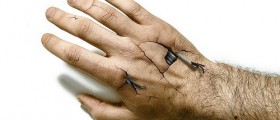


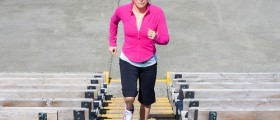
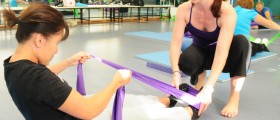
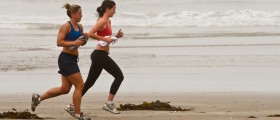
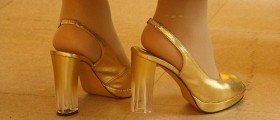
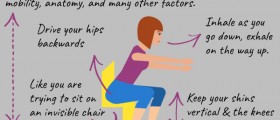
Your thoughts on this
Loading...